If you missed witnessing Halley’s Comet during its last visitation in 1985/86, don't fret. In the month of May, peaking on May 6th, you have a unique opportunity to see a piece of this famous comet streak through our atmosphere through the lens of the Eta Aquarids meteor shower. This spectacular event occurs every year and is a direct result of Earth passing through the debris left by Halley's Comet. Here's a deeper look at this celestial event and how you can experience a part of cosmic history.
What are the Eta Aquarids?

The Eta Aquarids are an annual meteor shower associated with Halley’s Comet. The comet itself is visible from Earth approximately every 76 years, the last time being in 1986, which means it won't return until 2061. However, the comet's debris continues to give a celestial performance in the form of meteor showers. As Earth passes through the debris trail, the particles enter our atmosphere and burn up, creating the fiery streaks in the sky known as meteors.
When and How to Watch the Eta Aquarids
The Eta Aquarids reach their peak on May 6th but the shower is active from April 19th to May 28th. This shower is known for its speed—these meteors travel at about 66 kilometers per second and tend to leave glowing "trains" (incandescent bits of debris in the wake of the meteor) which last for several seconds to minutes.
For the best viewing experience, you should look up at the sky in the early morning hours, just before dawn. This is when the shower's radiant point, near the constellation Aquarius, is highest in the sky. The Eta Aquarids favor the Southern Hemisphere, where observers can see up to 50 meteors per hour in ideal conditions. However, the Northern Hemisphere can still enjoy a good show with about half that number.
Here's how to find the right part of the sky to watch pieces of Halley's Comet entering our atmosphere:
-
Locate Aquarius: The radiant point for the Eta Aquarid meteor shower is in the constellation Aquarius. Aquarius is best seen in the southern sky if you're in the northern hemisphere, and directly overhead or to the north if you're in the southern hemisphere.
-
Time to Observe: The best time to look for the Eta Aquarids is in the early morning hours, just before dawn. This is when Aquarius is highest in the sky.
-
Identify Key Stars: Within Aquarius, identify the stars Eta Aquarii and Beta Aquarii. The radiant of the Eta Aquarid meteor shower is near Eta Aquarii. This is not the point from which all meteors will appear to come, but it's the area where you can expect a higher concentration of meteors.
-
Use a Star Map App: For the most accurate representation, consider using a stargazing app on your smartphone or tablet. These apps can provide real-time star maps based on your location and the time of day. They can guide you to find Aquarius and help visualize where the radiant for the Eta Aquarids would be.
Tips for Meteor Watching
- Find a Dark Spot: Light pollution is a major barrier to enjoying meteor showers. Find the darkest spot possible away from city lights.
- Give Your Eyes Time to Adjust: Allow at least 30 minutes for your eyes to adjust to the dark. Avoid looking at your phone or any other light source as this can interfere with your night vision.
- Watch the Meteors by Naked Eye and Use 2.1x42 Binoculars: 2.1x42 Binoculars will enhance your view to detect more color and structure of bright meteors and allow you to see faint meteors that are too faint to be seen by the naked eye.
- Comfort is Key: Meteor watching can involve a lot of waiting, so bring a comfortable chair or a blanket to lie down on. Dress warmly, especially in the early hours of the morning.
- Patience Pays Off: Meteors tend to come in spurts interspersed with lulls. Patience is essential for a rewarding viewing experience.
A Connection to Cosmic History
Watching the Eta Aquarids is much more than just an annual stargazing activity. Each meteor from this shower is a part of Halley’s Comet, a small piece of cosmic history falling into our atmosphere. It's a direct connection to one of the most famous comets, known and observed since ancient times.
Unlocking the Skies: Why Vixen SG 2.1x42H Binoculars Are a Stargazer's Must-Have
For anyone who has ever looked up at the night sky and yearned to see more, the Vixen SG 2.1x42H Binoculars are a game-changer. These compact binoculars bring the heavens within reach, allowing enthusiasts of all ages to marvel at meteor showers, spot comets, explore the Milky Way, and delve into the intricate details of the constellations. But what makes these binoculars stand out as an essential tool for any stargazer? Let's dive into their features and versatility.
Precision Optics for the Amateur Astronomer
The Vixen SG 2.1x42f Binoculars are designed with the astronomy enthusiast in mind. These binoculars feature a mild 2.1x power with a 42mm aperture that provides an extreme wide field of view, making them ideal for sweeping the night sky. The fully multi-coated optics ensure that you get clear, crisp views with minimal chromatic aberration. This means that whether you're tracking a comet across the sky or watching the Geminids meteor shower, you'll see every streak and sparkle with stunning clarity.
Built to Last a Lifetime
When you invest in a pair of Vixen SG 2.1x42H Binoculars, you're not just buying a tool; you're investing in a lifetime of celestial exploration. These binoculars are housed in a precision-machined body that’s robust enough to handle nights in the field or accidental bumps during transport. The individual eye focusing feature allows for customized adjustments, ensuring that each user can fine-tune their view to match their vision. This durability and customization make the Vixen SG 2.1x42H a wise choice for families or educational groups where the binoculars may be used by various people.
Versatile Viewing Beyond the Stars
While the Vixen SG 2.1x42H Binoculars shine when used for stargazing, their utility extends far beyond astronomical activities. These binoculars are also perfect for a range of daytime events. From catching the winning touchdown at the Superbowl to following a fast-paced tennis match at the Wimbledon, these binoculars bring you close to the action without leaving your seat.
Moreover, cultural and stage production events like a mesmerizing Cirque du Soleil performance, grand operas, or the immersive visual experience at the Sphere in Las Vegas are seen in a new light through these binoculars. The wide field of view and exceptional clarity enhance every spectacle, ensuring you catch every detail, from the intricate costumes of performers to the complex set designs.
Ideal for Planetarium Visits
Visiting a planetarium can be an awe-inspiring experience, and the Vixen SG 2.1x42H Binoculars enhance this further. By providing a clearer and closer view of the projections and star shows, these binoculars can enrich your understanding and appreciation of the cosmos displayed before you.
Whether you're a novice stargazer curious about the cosmos or a seasoned veteran of many starry nights, the Vixen SG 2.1x42H Binoculars are an indispensable tool. Offering unmatched versatility, durability, and clarity, they not only open up the universe for detailed exploration but also enhance your viewing experience across a spectrum of events. So, if you're looking to step up your viewing game and experience the majesty of the cosmos and beyond, the Vixen SG 2.1x42H Binoculars are the perfect companion for all your adventures in sightseeing.

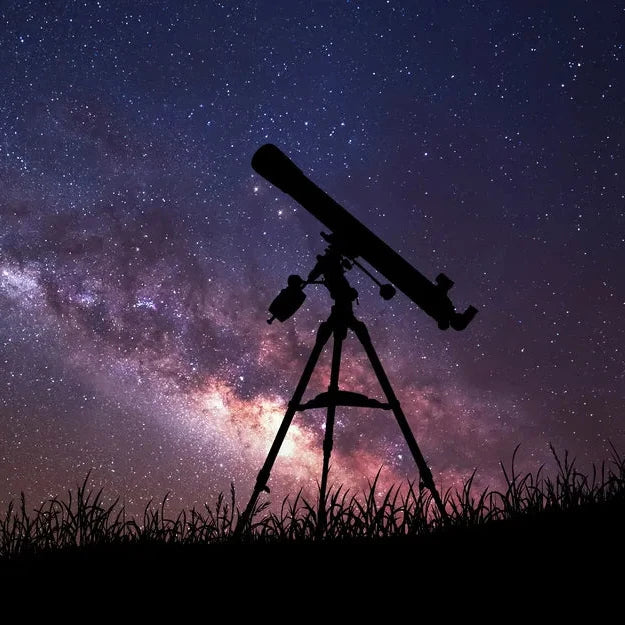

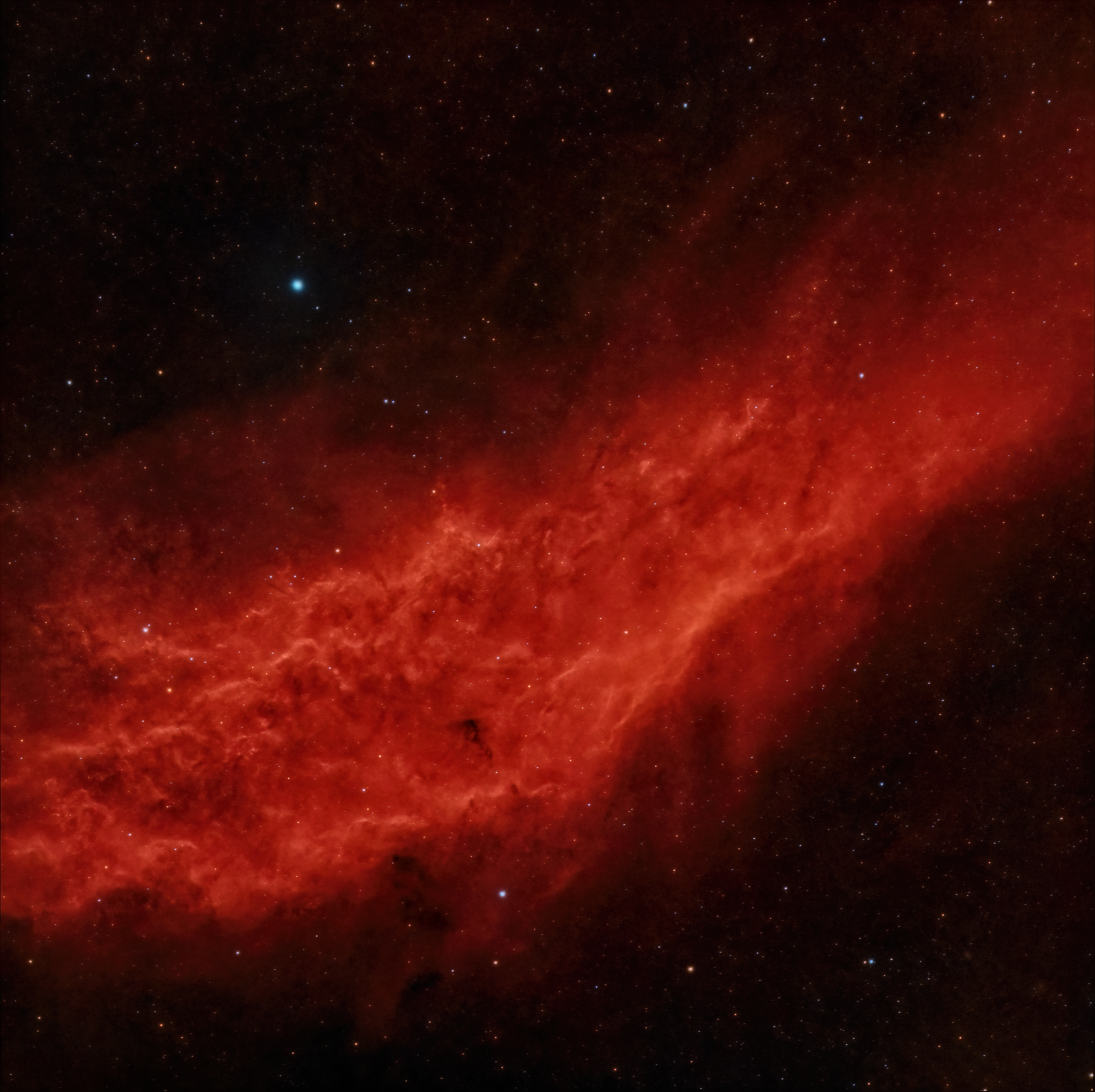




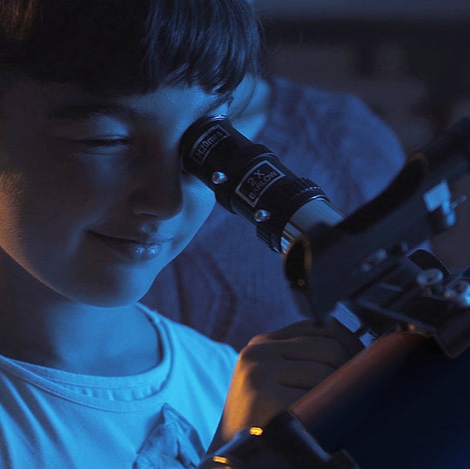

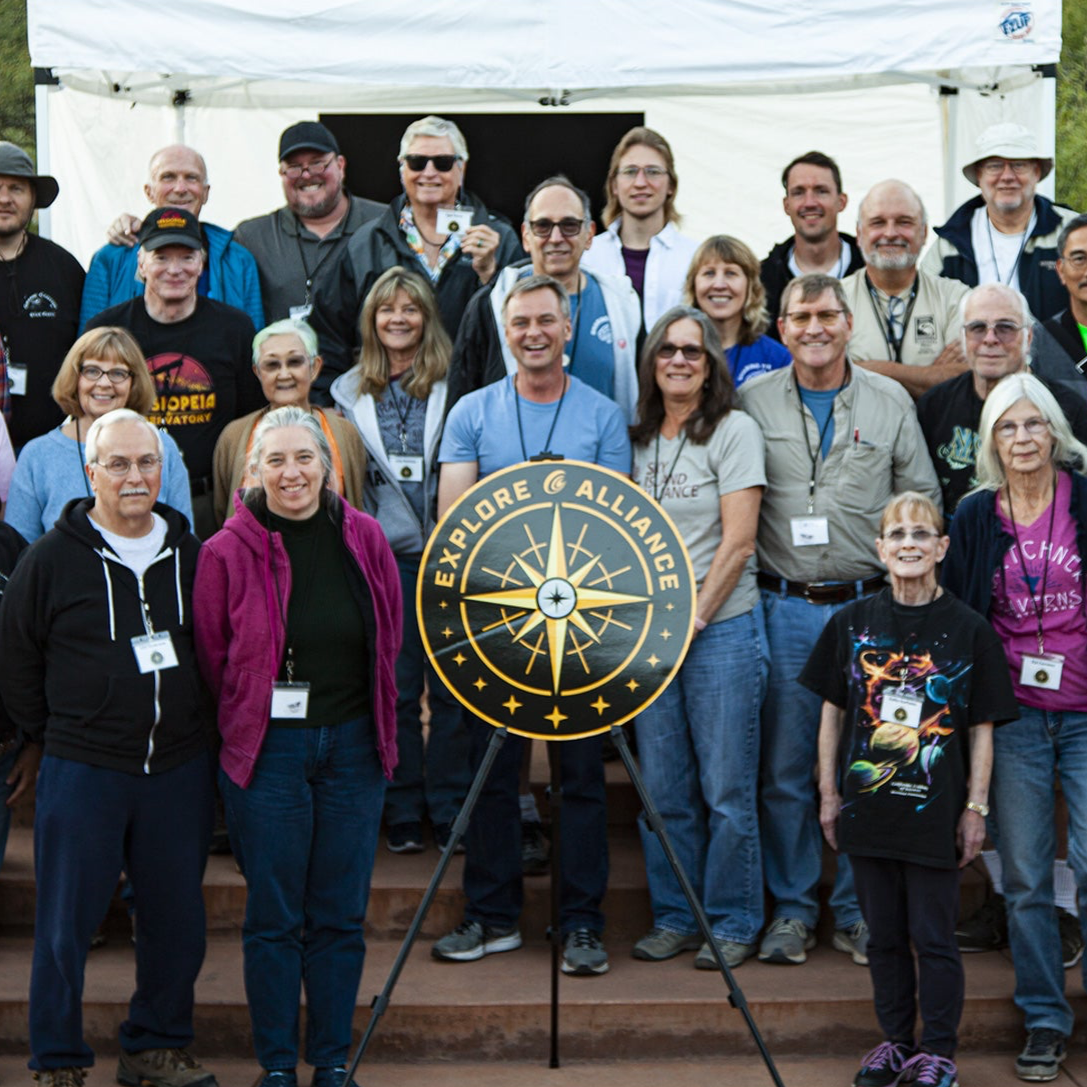
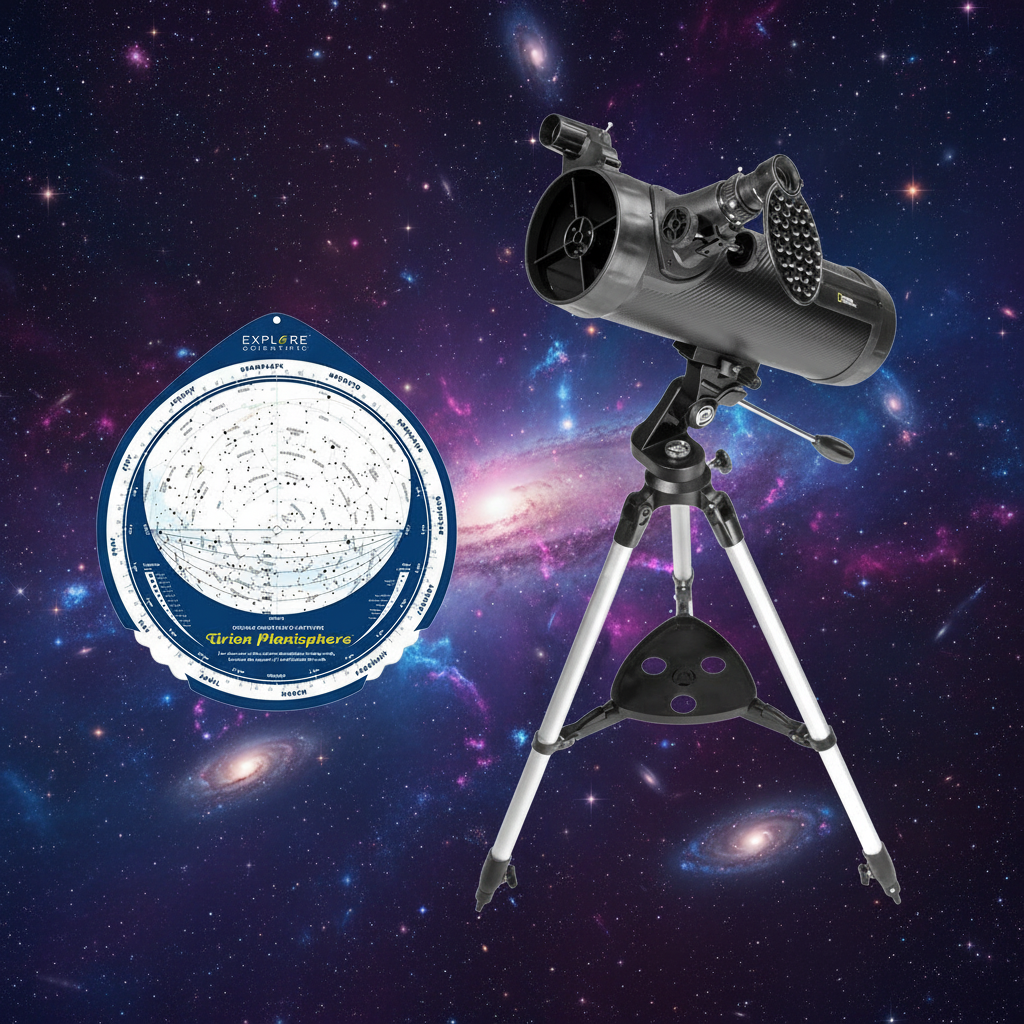



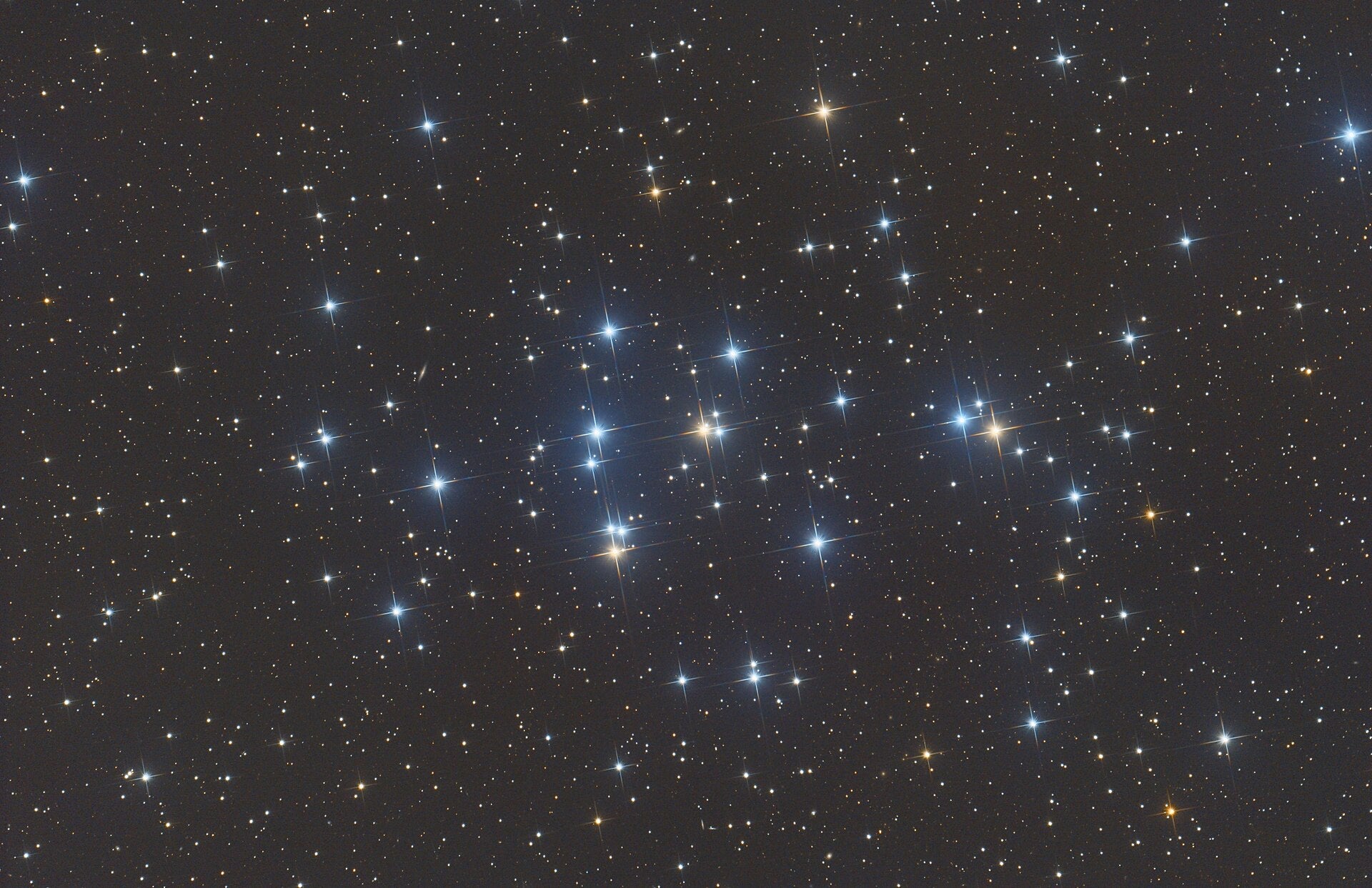
Leave a comment
All comments are moderated before being published.
This site is protected by hCaptcha and the hCaptcha Privacy Policy and Terms of Service apply.